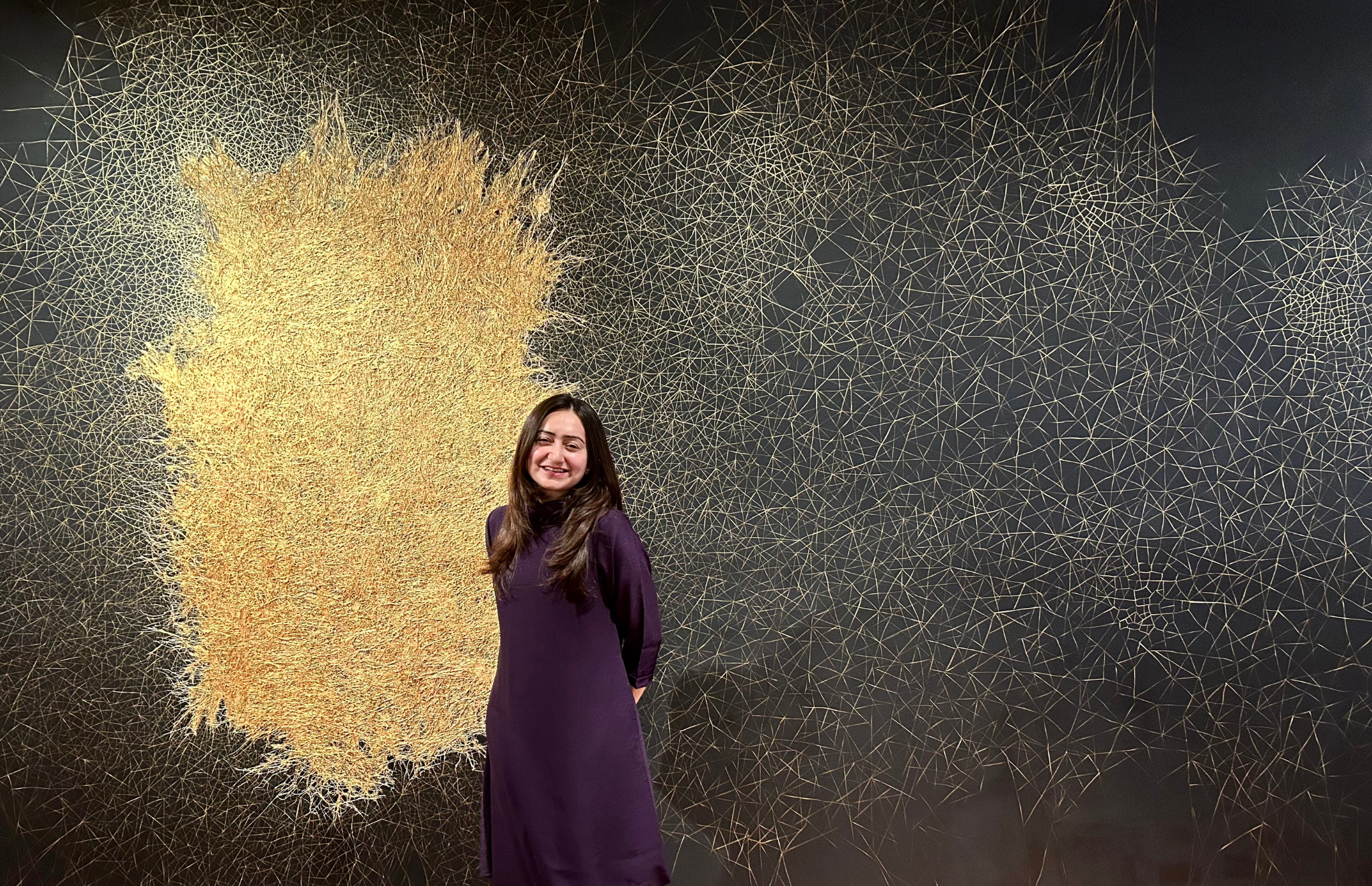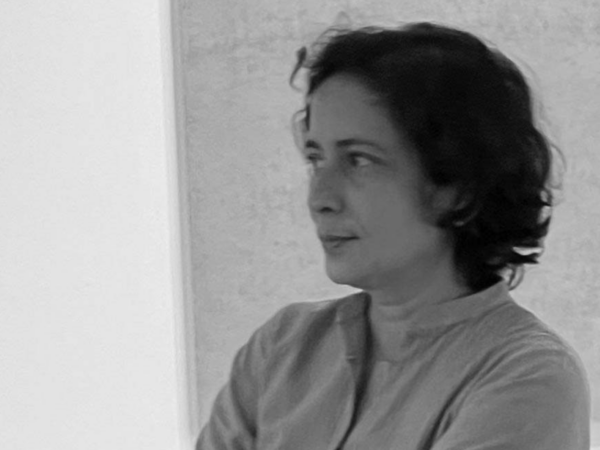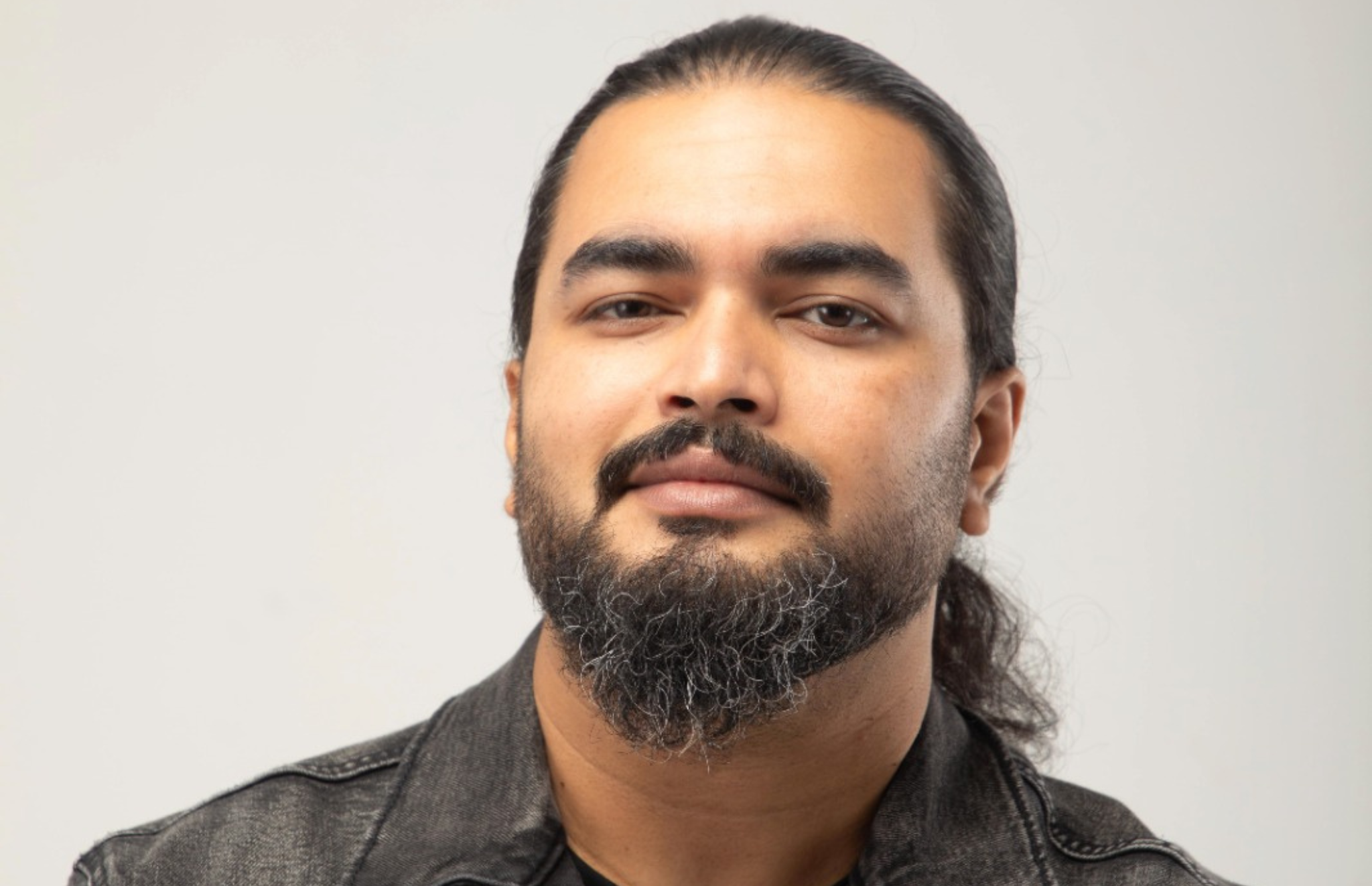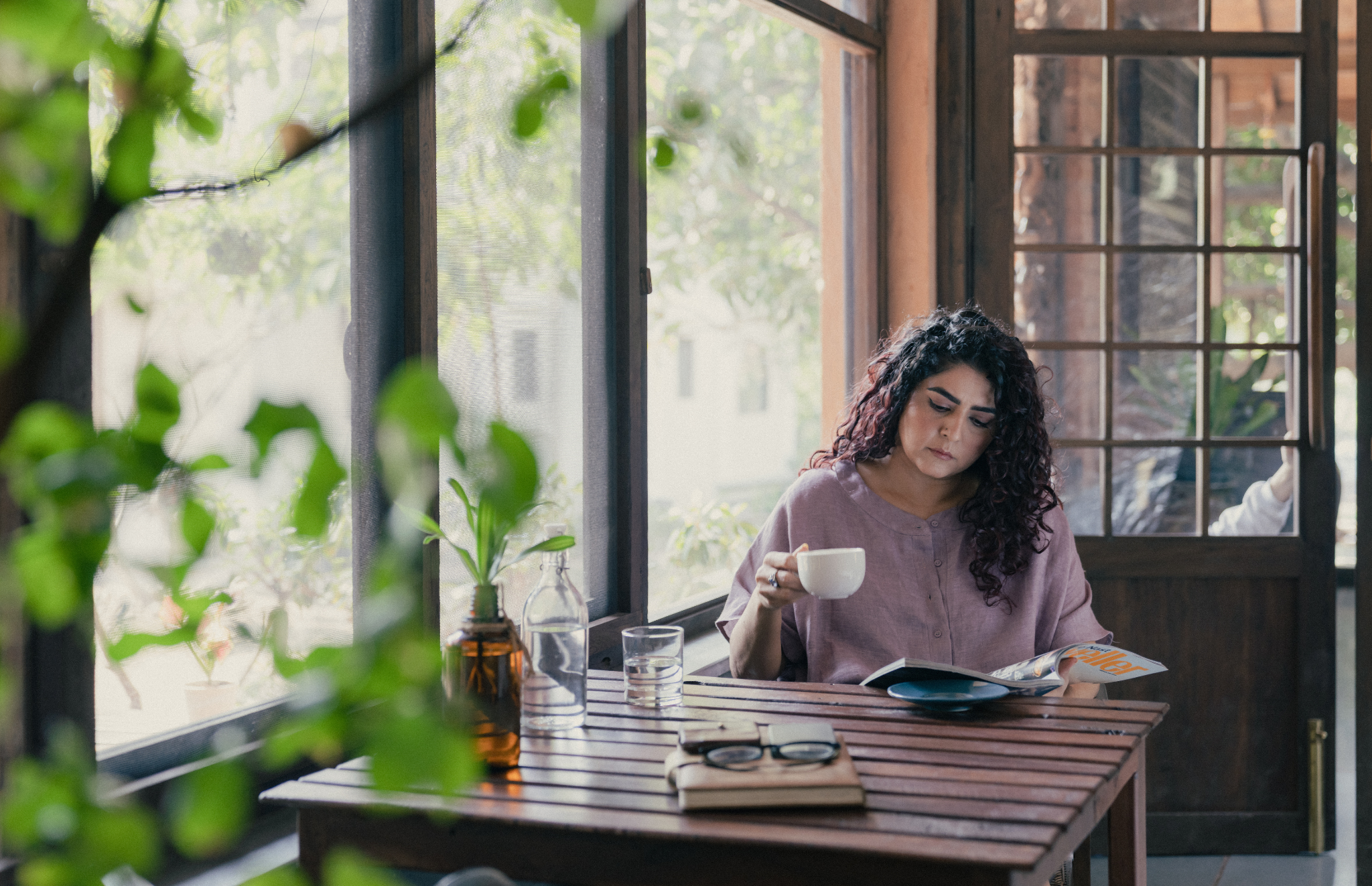Ina Puri is a writer, biographer, art curator and collector. She has been curating major exhibitions with several institutions and galleries in India and elsewhere. Her decades-long engagement with the arts equally embraces tribal art and folk theatre as well as contemporary performing arts, visual arts and literature. She also advises museums/collectors across India on their art collection. Ina is also the author of several books, including In Black And White: The Authorized Biography of Manjit Bawa and Faces of Indian Art (with Nemai Ghosh), and has produced two National Award-winning films: Meeting Manjit (2002) and Antardhwani (2007). Yet, Kolkata (and, indeed, Bengal) has always been the beating heart of Ina’s work. She has edited a comprehensive volume on Raj Bhavan (Calcutta’s Raj Bhavan, Two Hundred Years of Glory), Raghu Rai’s Calcutta/Kolkata and On Satyajit Ray as also several publications for Kolkata’s art galleries. Ina has also collaborated with and mentored young artists from Bengal as well as worked closely with artists, galleries and curators in Bangladesh.

Photo Courtesy: Ina Puri
SP: From being a writer to a documentary filmmaker, you have donned multiple hats in your decades-long career, working extensively on chronicling Indian artists and the art scene. What stimulated you to pursue a career in documenting Indian artists?
IP: My work has been focused on documenting artists from across Asia. At the moment, for instance, a retrospective exhibition of the illustrious photo-journalist Dr Shahidul Alam (from Bangladesh) is showing at Sakshi Gallery, Mumbai, after being exhibited at Emami Art, Kolkata, Kochi Biennale and Arthashila, Ahmedabad.
Going back to the time when I first started working as a curator/documentarian, there were only a few art galleries in Kolkata, and for a young person like me, just starting out to make a career in art, it was a challenge to find art spaces willing to exhibit works of the artists, whether they were young or well established names. This scenario changed gradually when more private galleries came up providing opportunities for us to showcase contemporary practice. From those early years it struck me that alongside holding art shows it was vitally important to document the work of the artists. I was curious about lives, and my proximity to so many contemporary practitioners provided me with the perfect opportunity to visit studios and learn more about the process and lives of the masters but beyond the essays in art catalogues and magazines there wasn’t any publication dedicated to the idea at that point. Some years later, this changed when, somewhat fortuitously, I met Nemai Ghosh whose archives (I discovered) included photographs he had shot in artist’s studios. Manjit Bawa and I commissioned our collaborative project soon after and that was how we were able to publish ‘Faces of Indian Art, Through the Lens of Nemai Ghosh’ focussed on artist’s studios across the country, over the past 50 years, beginning with Jamini Roy and Binode Bihari Mukherjee.

Photo Credit: Ina Puri
Over the years, I also published individual memoirs of artists and made documentaries, receiving the Rajat Kamal (in 2003) for our bio-pic on Manjit Bawa (which Buddhadeb Dasgupta had directed and I had produced).
SP: While working on myriad mediums like writing, curating, and film making, how do you think these mediums help you express?
IP: Each medium comes with its own benefits and contributes in diverse ways to getting one’s message across. I have always been a practitioner of the interview form in my work, speaking to the artists on their process, and my curatorial practice is based on these dialogues. This is what I try to bring to the context of every project I work on. While writing and filming are more direct expressions of the artist’s voice and my method of conveying their personal narratives, curatorial
undertakings are more about my thoughts and ideas. An example that comes to mind are my books and exhibitions inspired by Calcutta/Kolkata when I showed Raghu Rai’s images of the city. While the books based on his interviews brought his perspective forward, the exhibitions were a collaboration that did justice to both our ideas.

Photo Credit: Ina Puri
SP: ‘Stories of Light and Song’ delves into issues like caste, displacement, loneliness, political and emotional lives-what inspired you to curate an exhibition surrounding these themes?
IP: The exhibition explores visually and psychologically the places and people that the artist encounters, and dwells on migration, memory, fragility, isolation and journeys the visual narratives exploring the terrain between reality and fiction. Way back in the early 1990s, I had curated one of my first exhibitions at the same venue with an edgy young Assamese sculptor by the name of Pradip Mahanto, who was also showing for the first time. In retrospect, I remember how nervous I had felt till (to my complete disbelief) the renowned artist Bikash Bhattacharya walked in and acquired half the show! So many decades later, when Ms Jayashree Mohta invited me to curate the prestigious Birla Academy Annual Show, I was delighted. The idea of ‘Stories of Light and Song’ was to present narratives that ranged from very diverse perspectives, with some of the participating artists creating their work on site. Personally, it was gratifying to see the overwhelming response especially because some were showing in the city for the first time. To justify my curatorial ideas I could not have chosen better artists than Ranbir Kaleka, Sudharak Olwe, Baaraan Ijlaal and Ghidree Bawlee Collective (Bangladesh).

Photo Credit: Ina Puri
SP: From curating shows for artists like Manjit Bawa, Madhvi and Manu Parekh, Raghu Rai, Nemai Ghosh, Shahidul Alam, Ranbir Kaleka, Sudharak Olwe, Baaraan Ijlal amongst others, how has the journey from being an audience to being a curator been?
IP: The journey has been exhilarating, throwing up challenges that felt insurmountable in the moment but eventually resolved itself. While I had been acquainted and close to many within the art fraternity the equation changed drastically when we were working together. The professional angle brought with it added responsibilities and expectations that I was acutely aware of at every stage, and it definitely made me work extra hard!
The first such experience of working closely with an artist was the time I worked with Manjit Bawa, engaged in the curatorial aspect as well as the organising. From the late 90s to 2005, we exhibited not only in major cities like in New York at the tony Bose Pacia Modern space but also at a small gallery in Kala Bhavana, Shantiniketan. As one has established oneself in the field, the expectations are even more today and that doesn’t leave any room for complacency!
As for being an audience/viewer myself, that will never change. I never miss art exhibitions if I can help it and my travels always include visits to the museums or galleries.
SP: Being born into the illustrious family of writers, Manish Ghatak is your grandfather, Ritwik Ghatak, your grand-uncle, Mahasweta Devi your aunt, how has, indeed, art, cinema and culture ingrained into your own psyche?
IP: I have been extremely fortunate to have had such distinguished people around me from my earliest childhood. In retrospect what I learnt and valued the most perhaps was the art of storytelling from different lenses and perspectives. The idea of documenting the lives of artists too must have stemmed from what I gathered in those formative years. A lifetime memory is visiting my granduncle Shankho Chowdhuri’s studio in Baroda as an eight year old, I still remember the sense of wonder I had felt, it was visceral!

Photo Credit: Ina Puri
SP: How important is it for you to make art more accessible and bring it to the masses?
IP: To clarify this point, I would like to share the instance of a very recent exhibition held at Birla Academy in January 2024 and drew capacity crowds as long as it showed to people from all walks of life. Ranbir Kaleka’s film and Baaraan Ijlal’s sound installation had queues waiting patiently to go in. As a curator, I could ask for nothing more. Another instance that comes to mind is Shahidul Alam’s show ‘Singed but not Burnt’ that attracted hundreds of footfalls throughout the period it showed at the Kochi Biennale. I believe in inclusivity and travelling my exhibitions to different places, giving viewers an opportunity to see the shows. I don’t believe exhibitions should be the preview of a select few and shut away in exclusive spaces where a common person interested in art will hesitate to walk into. The Kochi Biennale for example, encompasses the world and that is how it should be.
SP: You have been documenting and exhibiting the work of artists for decades, what advice would you like to share with the young and emerging artists who are navigating the art world and attempting to find their own spaces?
IP: It has been a part of my personal curatorial practice to include young and emerging artists alongside the veterans in my own shows, in Reyaaz for instance, which I had curated for an upcoming gallery in Ahmedabad two years ago at Bikaner House. Narayan Chandra Sinha was a relatively new artist I met over a decade ago in Nalhati, and I was so impressed with his talent that I offered to present him in a solo later. Today, he is exhibiting his work in international venues with great success. Just months ago, I curated an exhibition of Bappaditya Biswas, his very first, titled The Chintz Story, which also was a great success, commercially and critically. I have great faith in the younger generation and look forward to seeing their work whenever possible. Several biennales and art fairs in our country today are open to exhibiting young artists, and it is heartening to see young collectors opting to acquire their works. Surely this is the way forward. I applaud MASH too for its efforts in encouraging young artists to come forward and share their works on its platforms.
Image Courtesy: Ina Puri
Find out more about the writer and their work:
https://www.mutualart.com/Artist/Ina-Puri/7A02795A27809B26/Biography




